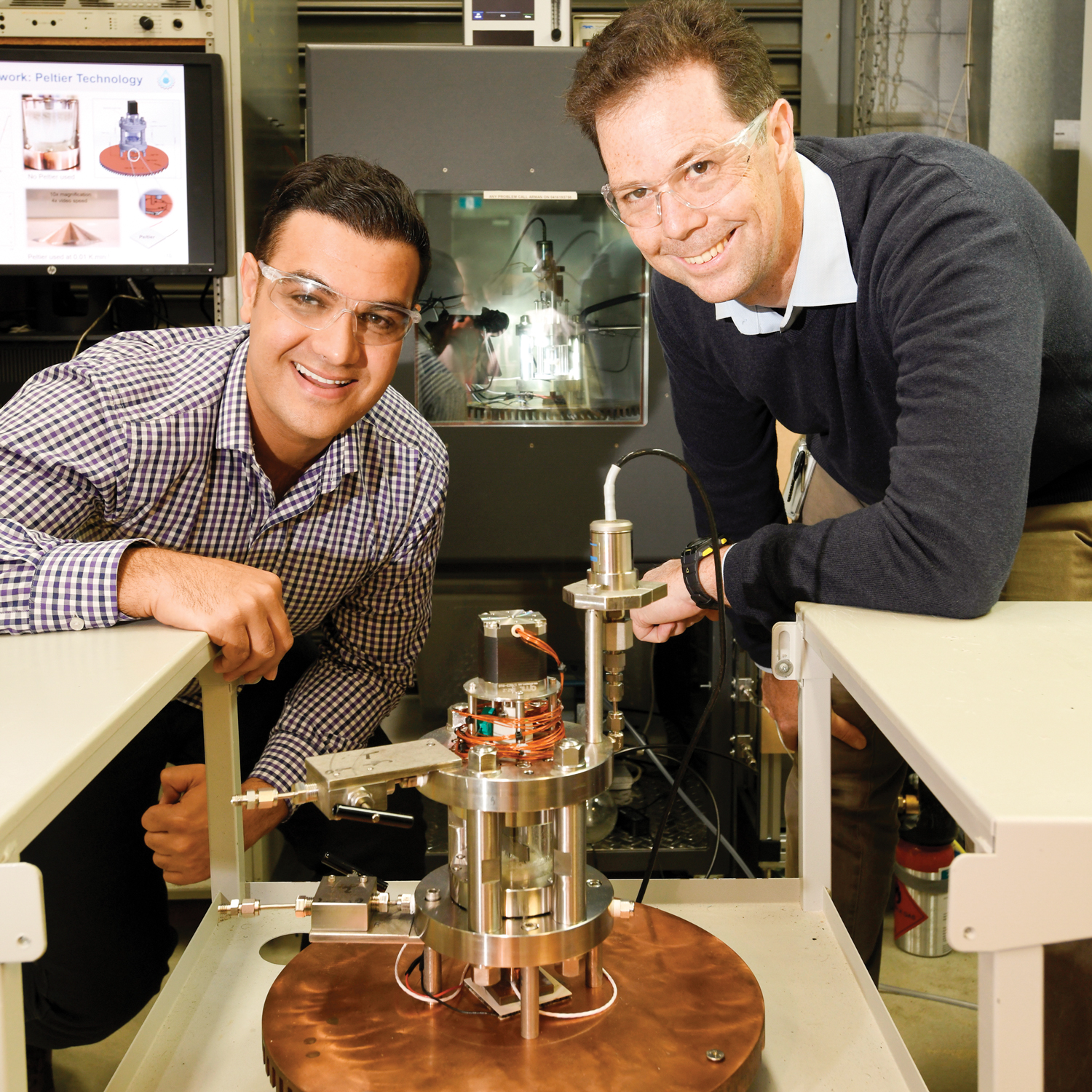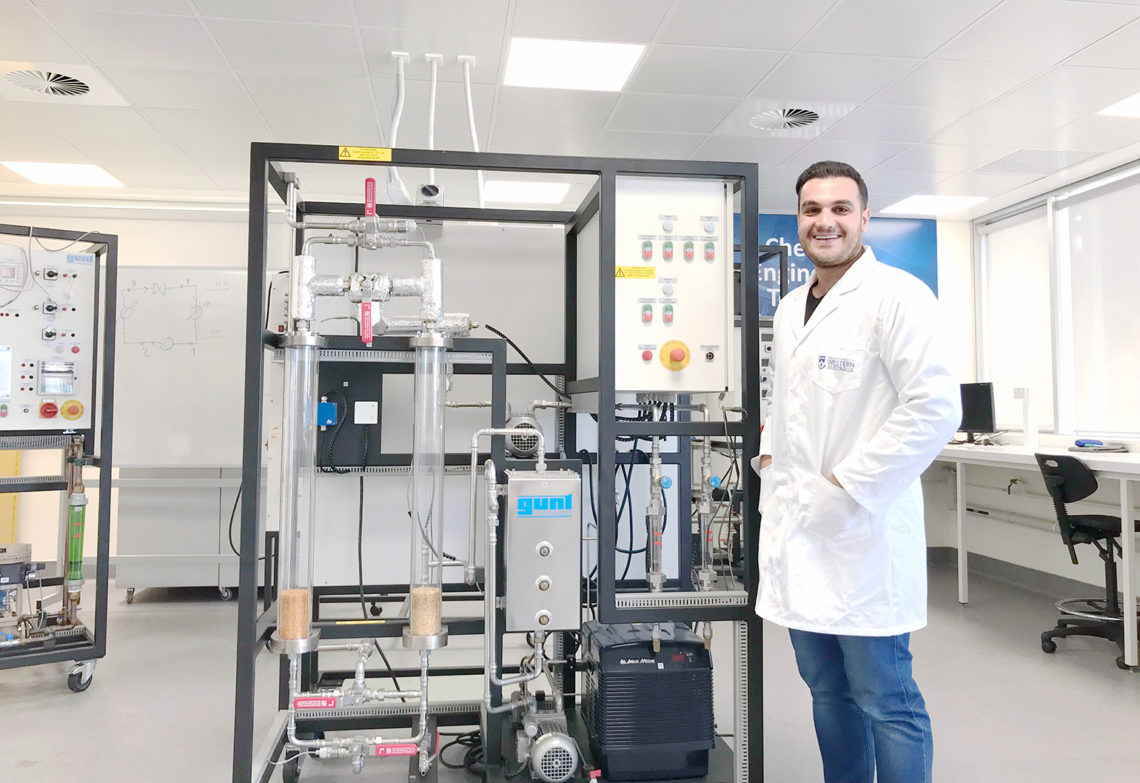Whether addressing problems in the liquefied natural gas industry of helping NASA explore other worlds, Dr Arman Siahvashi is proving his innovative worth.
Dr Arman Siahvashi, one of create’s most innovative engineers for 2019, has found a new application for his apparatus that measures the freezing temperature of liquefied natural gas (LNG) — and it is on Saturn’s largest moon.
NASA announced in June that it plans to launch a mission to the icy moon Titan in 2026. In August, a representative from NASA’s Jet Propulsion Laboratory visited Siahvashi at the University of Western Australia, interested in collaborating with him on research into the dissolution geology of Titan, which was relevant to the mission.

Siahvashi said the idea is to use his apparatus to model the weathering processes occurring on the surface of Titan.
“The temperature on Titan is very low; it’s basically around minus 180 degrees Celsius near the poles,” he said.
“Researchers at NASA are trying to understand the dissolution geology or surface structure.”
Siahvashi said the moon has lakes and oceans of liquid hydrocarbons.
“Basically, they have LNG on the surface of Titan,” he said.
“This apparatus … helps them to do the solubility measurements of organic materials that they’re looking for.”
NASA’s Dragonfly mission is expected to arrive on Titan in 2034. The space agency plans to fly a drone-like vehicle with eight rotors to dozens of locations on the moon.
Siahvashi said his apparatus can be used to simulate the temperature and pressure on Titan, and then run solubility tests.
“For example, you [might] want to know how fast the organic materials like benzene dissolve in the liquid methane or ethane lakes,” he said.
Since being named to Australia’s Most Innovative Engineers list, Siahvashi has been further testing his apparatus, which was designed to visually measure the freezing temperatures of hydrocarbons at cryogenic temperatures.
The apparatus displays exceptional accuracy, control and stability in temperatures down to minus 190 degrees Celsius and pressures up to 300 atmospheres.
Siahvashi, who was recently awarded a Fulbright scholarship, continues to work with Chevron and ExxonMobil to develop the apparatus for use in LNG plants.
There, it can be used to reduce the risk of solids forming in a processing plant’s high-pressure cryogenic heat exchangers.
The problem is known as freeze-out, and it can lead to blockages, expensive plant shutdowns and significant environmental damage.
“Wherever LNG is produced, they’re going to need these sorts of measurements and data,” Siahvashi said.
“[Resources companies] have realised the massive impact of such unscheduled plant shutdowns.”
Are you an innovative engineer or know someone who is? The deadline has been extended to nominate for the 2020 list of Australia’s Most Innovative Engineers.



